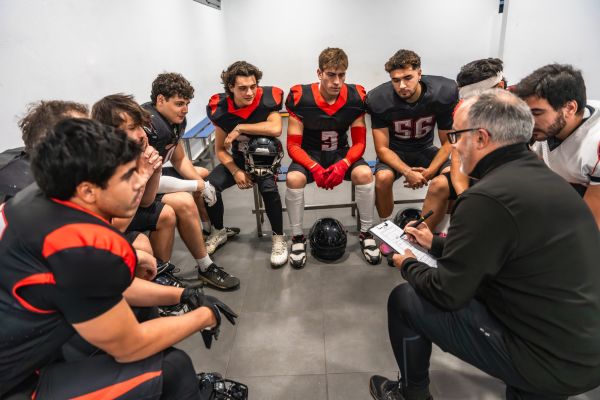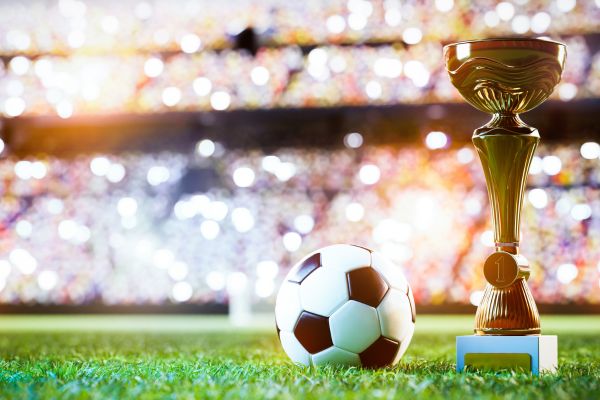Sports Medicine
Sports medicine has quickly become a crucial field for athletes and active individuals, offering tailored care to help them enhance their performance and recover from injuries. Whether you’re a professional athlete or someone who enjoys weekend sports, this field plays a vital role in keeping you on your feet. But what exactly does sports medicine involve, and how can it benefit you?
Let’s dive into the world of sports medicine, exploring its various facets, from injury prevention to cutting-edge treatments. Along the way, we’ll provide insights into how it helps not just athletes, but anyone who enjoys physical activity.
What Is Sports Medicine?
Sports medicine is a specialized branch of medicine that focuses on physical fitness, injury prevention, diagnosis, treatment, and rehabilitation related to sports and exercise. Contrary to popular belief, it’s not just for athletes; anyone engaged in regular physical activity can benefit from sports medicine. Doctors, physical therapists, and athletic trainers work hand-in-hand to provide comprehensive care.
In recent years, this field has expanded to include new techniques, therapies, and technologies that cater to a wide array of physical ailments. Whether it’s a torn ligament, a sprained ankle, or overuse injuries, sports medicine professionals are at the forefront of keeping you active and healthy.
Benefits of Sports Medicine
- Injury Prevention: One of the main goals of sports medicine is to prevent injuries before they occur. With personalized training plans and physical assessments, professionals can identify potential risk factors and suggest adjustments.
- Enhanced Performance: Athletes and fitness enthusiasts alike can benefit from sports medicine techniques that are designed to optimize physical performance. By focusing on strength, flexibility, and stamina, sports medicine experts help you push your limits safely.
- Faster Recovery: Injuries are inevitable in sports, but how quickly you recover can make a huge difference. Sports medicine techniques, including physical therapy and regenerative treatments, accelerate the healing process.
- Personalized Care: Sports medicine isn’t a one-size-fits-all field. Every treatment plan is tailored to the individual’s specific needs, ensuring you get the best possible outcome.
Common Sports Injuries and Their Treatment
When you hear the term “sports injury,” what comes to mind? Most likely, things like sprains, fractures, or torn ligaments. Let’s break down some of the most common injuries and how sports medicine professionals treat them.
1. Sprains and Strains
- What are they?: Sprains involve ligaments, while strains affect muscles or tendons. Both occur due to overstretching or tearing.
- Treatment: RICE (Rest, Ice, Compression, Elevation) is often the first line of treatment, followed by physical therapy.
2. Fractures
- What are they?: A fracture is a break in the bone, often caused by high-impact activities or accidents.
- Treatment: Depending on the severity, fractures may require immobilization, surgery, or physical rehabilitation.
3. Tendinitis
- What is it?: Tendinitis refers to inflammation of the tendons, usually due to overuse.
- Treatment: Rest, anti-inflammatory medications, and physical therapy are common treatments. In some cases, corticosteroid injections are used.
4. Concussions
- What is it?: A concussion is a brain injury caused by a blow to the head, often seen in contact sports.
- Treatment: Rest and cognitive therapy are typically recommended. It’s vital to follow a healthcare professional’s guidelines to prevent long-term damage.
Sports Medicine Techniques and Treatments
Now that we’ve covered common injuries, let’s explore some of the innovative techniques sports medicine employs to help athletes and active individuals recover and improve.
Physical Therapy
Physical therapy is often the cornerstone of sports medicine. Therapists use exercises, stretches, and manual manipulation to aid recovery, improve mobility, and reduce pain. Whether you’re recovering from surgery or a minor sprain, physical therapy can accelerate healing and restore function.
Regenerative Medicine
A newer branch of sports medicine is regenerative medicine, which focuses on the body’s ability to heal itself. Techniques like Platelet-Rich Plasma (PRP) injections and stem cell therapy are used to treat soft tissue injuries, arthritis, and other conditions.
Sports Psychology
Physical health isn’t the only focus in sports medicine—mental wellness plays a huge role in athletic performance and injury recovery. Sports psychologists help athletes deal with stress, anxiety, and the mental demands of high-performance sports.
Nutrition Counseling
Diet and exercise go hand in hand. Sports nutritionists work closely with athletes to ensure they’re getting the right fuel to support their training and recovery. This includes personalized meal plans, supplements, and hydration strategies.
The Role of Sports Medicine in Rehabilitation
Rehabilitation is a significant part of sports medicine, especially when it comes to serious injuries. The goal of rehabilitation is not just to recover, but to regain full function, strength, and mobility. Here’s how sports medicine professionals approach rehabilitation:
- Assessment: Sports medicine professionals start with a detailed assessment to determine the extent of the injury and what needs to be done to recover.
- Personalized Plan: Based on the assessment, a personalized rehabilitation plan is created. This could include physical therapy, strength training, and other treatments.
- Monitoring Progress: Recovery is a journey, and sports medicine experts monitor the progress at every stage to make adjustments as needed.
- Return to Activity: The final step is gradually returning to full activity, ensuring that the athlete or individual is physically ready to resume their previous level of performance.
FAQs About Sports Medicine
Q1: Who should see a sports medicine doctor?
A: Anyone who participates in regular physical activity can benefit from sports medicine. Whether you’re an athlete, a weekend warrior, or someone recovering from an injury, sports medicine professionals can provide care tailored to your needs.
Q2: What’s the difference between a sports medicine doctor and an orthopedic surgeon?
A: While both treat musculoskeletal injuries, sports medicine doctors focus more on non-surgical treatments. Orthopedic surgeons, on the other hand, specialize in surgical interventions for injuries like fractures or torn ligaments.
Q3: Can sports medicine help with chronic conditions like arthritis?
A: Absolutely! Sports medicine techniques, especially physical therapy and regenerative treatments, can be beneficial in managing chronic conditions, improving mobility, and reducing pain.
Q4: How do I prevent sports injuries?
A: Injury prevention strategies in sports medicine include proper warm-ups, strength training, flexibility exercises, and ensuring you use the right equipment. A sports medicine expert can also assess your movements and suggest adjustments.
Q5: How long does it take to recover from a sports injury?
A: Recovery time varies depending on the injury and the individual. Minor sprains may heal in a few weeks, while more severe injuries like fractures or ligament tears could take several months.
Conclusion
Sports medicine is an indispensable field that goes beyond injury treatment—it’s about maximizing performance, preventing future injuries, and helping individuals maintain an active lifestyle. Whether you’re a pro athlete or someone who enjoys a weekend game, sports medicine professionals can help you stay at your best.
With cutting-edge treatments, personalized care, and an emphasis on recovery, sports medicine continues to evolve, offering hope and healing to anyone passionate about physical activity. So, if you’re looking to enhance your performance or recover from an injury, don’t hesitate to consult with a sports medicine expert.
Authoritative Links
- www.sportsmedtoday.com
- www.acsm.org
- www.orthoinfo.aaos.org



